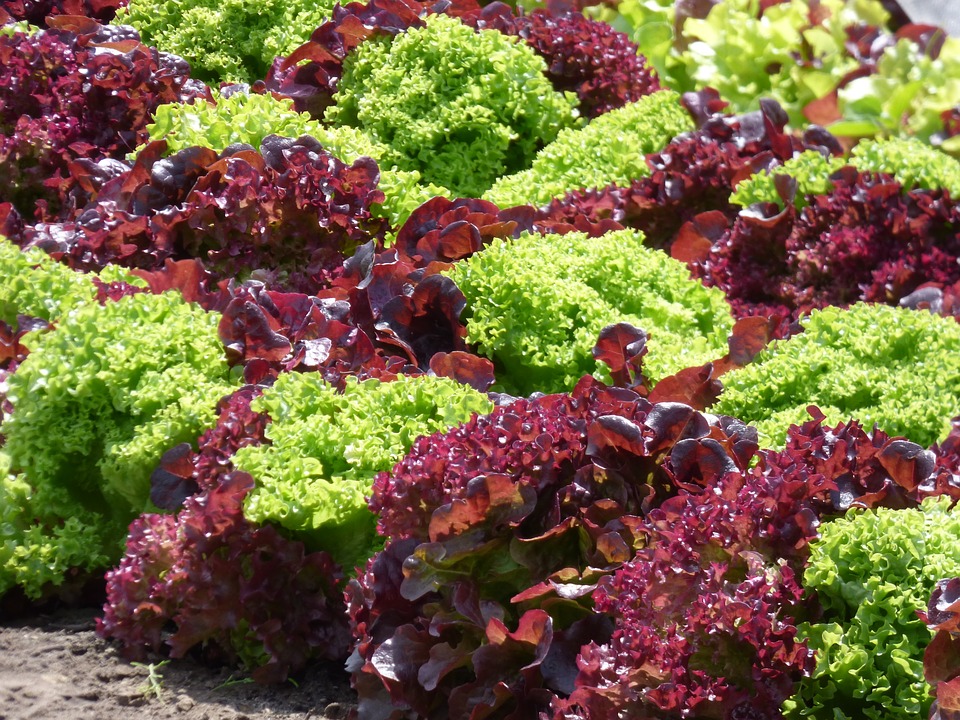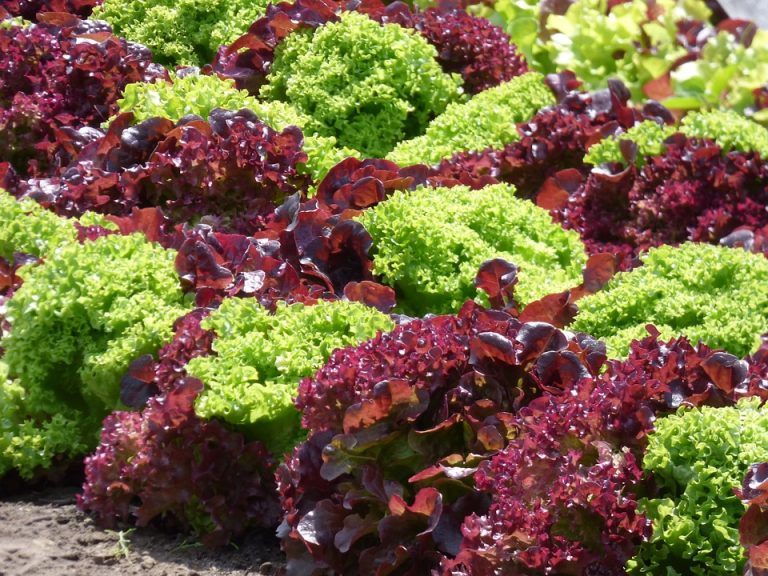If you want to grow your own fruit and vegetables, you don’t have to live in the country – these tips for self-sufficiency also work in the city and sometimes even without a balcony.
Self-sufficiency is fun, you learn a lot and the lettuce you plant yourself or the laboriously watered tomatoes simply taste better – probably also because of your own work. You don’t have to switch to complete self-sufficiency right away – that would be difficult and very time-consuming. Even those who only produce a little themselves gain a little bit of independence.
Self-sufficiency basic: Grow your own vegetables

Sowing radishes, growing lettuce or planting tomatoes – many things also grow on the balcony in pots, tubs and boxes. If you want to start small with self-sufficiency, you can first try a herb garden on the balcony. Take a look at our picture gallery to see how you can grow your own vegetables without a garden.
But you can also bring edible greens into your own four walls with a herb shelf for the window sill or the wall and start self-sufficiency. And yes, you can even grow some vegetables in the apartment.
Do you need more space than the window sill or the balcony at home offers? There are many ways to bring at least a little more self-sufficiency into your life and grow your own fruit and vegetables: urban community gardens, shared gardens or solidarity agriculture are just three ways you can harvest fresh vegetables without a garden.
What to do with all the harvest? This “problem” is familiar to many who grow themselves on a larger scale. You can make jam out of strawberries, apples can be stored well for a long time – and your friends will surely be happy about home-grown fruit and vegetables.
Grow fruit
Not only lettuce, tomatoes or potatoes can thrive in a relatively small space – there are also types of fruit that you can grow on the balcony or terrace. You will not be able to be completely self-sufficient. But depending on how much space, creativity, and patience you have, you may well harvest some apples, strawberries, or even peaches.
If you happen to have more fruit than you can use, you can preserve some by making jam or syrup from it.
Pull sprouts
If you don’t have a garden or balcony, you can still start self-sufficiency in mini format – for example with self-grown sprouts. Crunchy sprouts from alfalfa, lentils, radishes or mung beans are high-quality foods rich in vitamins and minerals. Especially in winter, when there are few seasonal fruits and vegetables, sprouts enrich our diet.
Read how easy it is to grow sprouts and how at least a little self-sufficiency can be achieved with it.
By the way: It’s even easier to grow your own cress. All you need is a bag of organic cress seeds, a shallow bowl and some potting soil or cotton wool and water every day. Line the bowl with the potting soil or cotton, moisten it and sprinkle the cress seeds on top. Don’t forget to moisten the bowl daily. You can harvest fresh cress after about five to seven days. Tastes great in a salad or on bread!
Preserving Food – Self-Sufficiency Level: Advanced
Knowing how to preserve food is also part of self-sufficiency – it’s not that difficult. Fermenting, boiling down, pickling or drying used to be part of kitchen knowledge. Luckily, many people are acquiring this knowledge again today.
Here is an overview:
Preserving: Is particularly suitable for fresh fruit and vegetables and is a simple way of preserving seasonal produce for a long time.
Pickling: This is where food is preserved in liquid, using vinegar, oil or alcohol. Works well with most fruits, herbs and vegetables.
Drying: One of the oldest and simplest methods of preserving food. Especially good for fruit, vegetables, herbs, seeds, nuts, fish and meat.
Fermentation: is the conversion of substances by bacteria, fungi or enzymes. This produces gases, alcohol and acids, which ensure that food lasts.
Collect wild herbs, mushrooms and fruit
If you want a little more self-sufficiency, you can go wild-gathering in addition to your home-grown vegetables and fruits. The classic are wild herbs – even in the city you can find a lot here if you know something. However, we advise you to take a course first so that you can correctly identify the right herbs – i.e. the edible and tasty ones. For inspiration, here are 10 weeds you can eat.
In addition to lots of herbs, there is also a lot of wild fruit in Germany that you can collect – for example blackberries, elderberries, pear or sloes.
And last but not least, if you know your way around, you can make fat loot by collecting mushrooms in autumn. In the beginning, it is not easy to identify the different species with certainty. It is best to let experienced collectors accompany you. Mushroom tours, which can often be booked at adult education centers, are a great help. NABU also offers such excursions in many regions.
By the way, you can easily preserve collected mushrooms by drying or freezing the mushrooms.
Save public fruit
Another possibility for self-sufficiency: Use the public fruit trees in your area and pick the apples, pears or cherries for the next cake. So you not only save valuable fruit from rotting, you also take care of yourself.
On the map of Mundraub you can find fruit trees, fruit bushes, nuts and herbs and also mark them on the map yourself.
The Mundraub organization has been taking care of fruit trees in Germany since 2009 and planting new ones. Their vision: More edible cityscapes. In addition, Mundraub organizes harvest, planting and care campaigns and offers guided discovery tours for self-sufficient people.
Bake your own bread
Strictly speaking, of course, it only indirectly contributes to self-sufficiency – at least as long as you don’t grow your own grain and paint flour. Nevertheless: Baking your own bread regularly makes you a little more independent – and it’s fun.
Most bread recipes contain yeast from the supermarket. But baking with sourdough in particular is an old art of natural baking: without yeast and without artificial additives or emulsifiers. The basis for the bread, the sourdough, must first be prepared – alternatively, you can order sourdough starters online or ask around among friends and acquaintances if anyone would make a starter.
Integrate self-sufficiency into your everyday life

As you can see, self-sufficiency doesn’t have to mean that you live in the country and only spend time gardening. With many small steps you can at least integrate a little more self-sufficiency into your everyday life. You can already think about it while shopping: Do I really need it or can I not do it myself? For example, you no longer need to buy cress, with a small balcony herb garden you can also save on supermarket herbs and you can make delicious vegan spreads from pumpkins or zucchini that you grow yourself.

